Guest blogger and fly fishing entomologist Kevin Lyons returns to share his observations of the best flies and techniques to use based on his years of fishing Montana’s upper Missouri River.
September offers one last chance to fish Caddis…
I don’t fish a ton at the beginning of the month because archery elk season starts. That usually keeps me occupied until the third week unless a suicidal bull comes to my call and I fill my tag opening weekend. Hasn’t happened yet.
I’m sure that terrestrials and pseudos are still available—and maybe even a few tricos left over from August.
After the second week, October Caddis (Dicosmoecus gilvipes) start showing up. There aren’t that many of them on the Missouri, which is too bad because they are huge (25 mm) and orange. Belt Creek, on the other hand, has the largest hatch of this caddis that I’ve ever seen. When the middle of September arrives, the fish in Belt Creek are definitely looking for them.
Occasionally, I do see trout chasing October Caddis egg layers on the Mo. I imagine a #8-10 Orange Stimulator or Orange Elk Hair Caddis would get some attention. Don’t be afraid to twitch or skate these flies to mimic the egg laying behavior. The adults crawl out on rocks during the night to emerge, so any pupal imitation would probably be a waste of time.

Also around the second or third week, another species of Spotted Sedge (Hydropsyche cockerelli) begin emerging. They look a lot like the June Spotted Sedge but smaller (body 6.5 mm or 8.8 mm with wing). A #18 Brown Translucent Pupa fished in the surface film or a #18 Buzzball have been successful for me. For nymphs, I use a #18 Tan Soft-Hackle or a #18 Guide’s Choice Hare’s Ear. H. cockerellis dive onto the water’s surface and swim to the bottom to lay their eggs making these nymphs productive for both the hatch as pupa imitations and as egg layers. All Hydropsyches are net spinners, so look for them in and around riffles. With cooler weather, the hatch and egg-laying will usually be in the early afternoon. This will be the last opportunity to fish caddis for the year.
Late September is all about Baetis and Midges:
Towards the end of the month, Pseudos taper off and are replaced by a second generation of Baetis. Baetis are multi-brooded which means they have more than one hatch per year. These are the same species (B. tricaudatus) as the April guys, but they tend to be smaller (5.5 mm instead of 7 mm).

I rotate between JuJu Baetis, Radiation Baetis, and Little Green Machines in size #20-22 for nymphs. The fish seem to change their preference from year to year; if someone has an explanation for this behavior, I’d like to hear it.
For dry flies, I stick with emerging or crippled Baetis patterns in the same sizes. Last Chance Cripple, Shucked Up Baetis and Brook’s Sprout have all worked for me. Lately, I’ve added Antonio’s Baetis to the line-up and have done pretty well. If it’s a heavy hatch and you’re having trouble getting the fish to select your fly, try these patterns in purple or a size #20 Purple Haze. I’ve had success with this strategy, particularly on cloudy days.
It’s also worth noting that Baetis lay their eggs by landing on objects and crawling under the water. When they’re done, they release their grip and drift with the current—another excellent opportunity for a soft hackle. I’ve been at anchor fishing to risers, and, when I lifted my oars to head down the river, the blades have been covered with egg-laying Baetis.

On normal days, the bugs should begin emerging around 1:00 PM. Look for the best hatches on cloudy, drizzly, calm, low barometric pressure days. These mayflies will even hatch well on snowy days if the barometric pressure is low.
In late September, a significant Midge hatch begins. I don’t know the genus (possibly Simuliidae), but they look like a tiny house fly (3.5 mm). The males of the species have orange eyes. I usually arrive on the river around 8:30am, and the fish are already rising. I use a size #24 Griffiths Gnat. Unfortunately, these midges don’t show the “clumping” behavior of the other small bugs, so the Midge Cluster and larger Griffiths Gnats don’t work. The hatch normally lasts until noon. I typically find them around riffles, which would be consistent with the Simuliidae identification.
This is one of my favorite times of the year to fish. The fish are rising to midges when I arrive at the river midmorning. They shut down at lunchtime for an hour, then, around 1:00 PM, they start rising to Baetis for the rest of the day. Completely civilized.
More field notes from a fly fishing entomologist:
This article is part of a series by entomologist and returning guest writer Kevin Lyons. A former Airforce and commercial pilot, Kevin grew up fly fishing in the Great Smokey Mountains. He began documenting the bugs he saw while he was out fishing before he even knew their names, a habit that turned into a life-long passion. In 2013, he and his wife moved to Montana and Kevin proceeded to teach fly fishing, entomology, and fly tying at Great Falls College for the next decade. Now retired, he and his wife enjoy a view of the Missouri right outside their backdoor.
If you're interested in seeing more of Kevin's field notes—compiled from years of fishing the Mo—check out the articles below:
What flies should you use on the Missouri River in June?
Flies & Techniques for Fishing the Missouri in July
Fly Fishing Strategies for the Missouri in August
Next month’s field notes will tackle some fall fly fishing tips for the Mo, so keep an eye out! Got some of your own field observations? Share them in comments below!


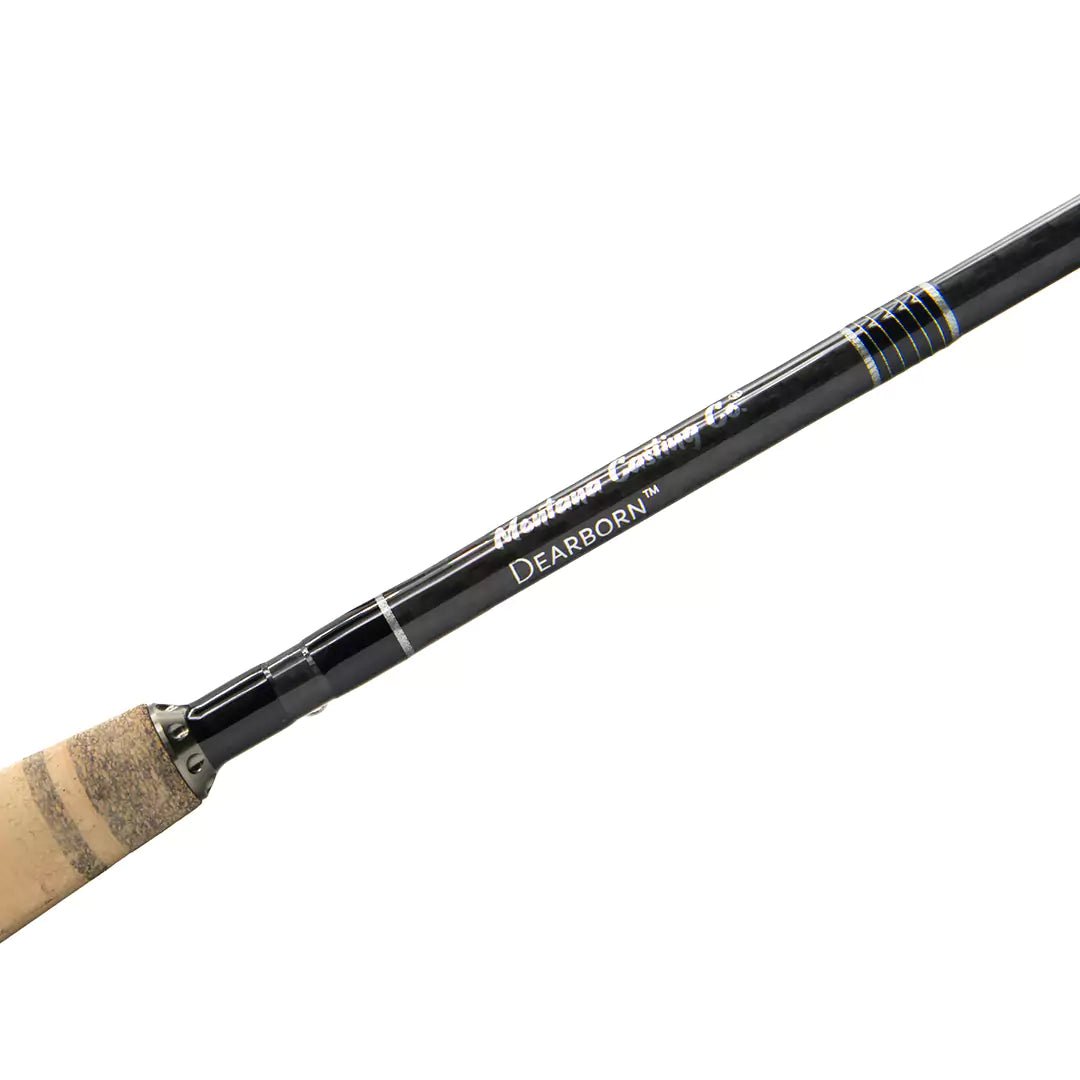
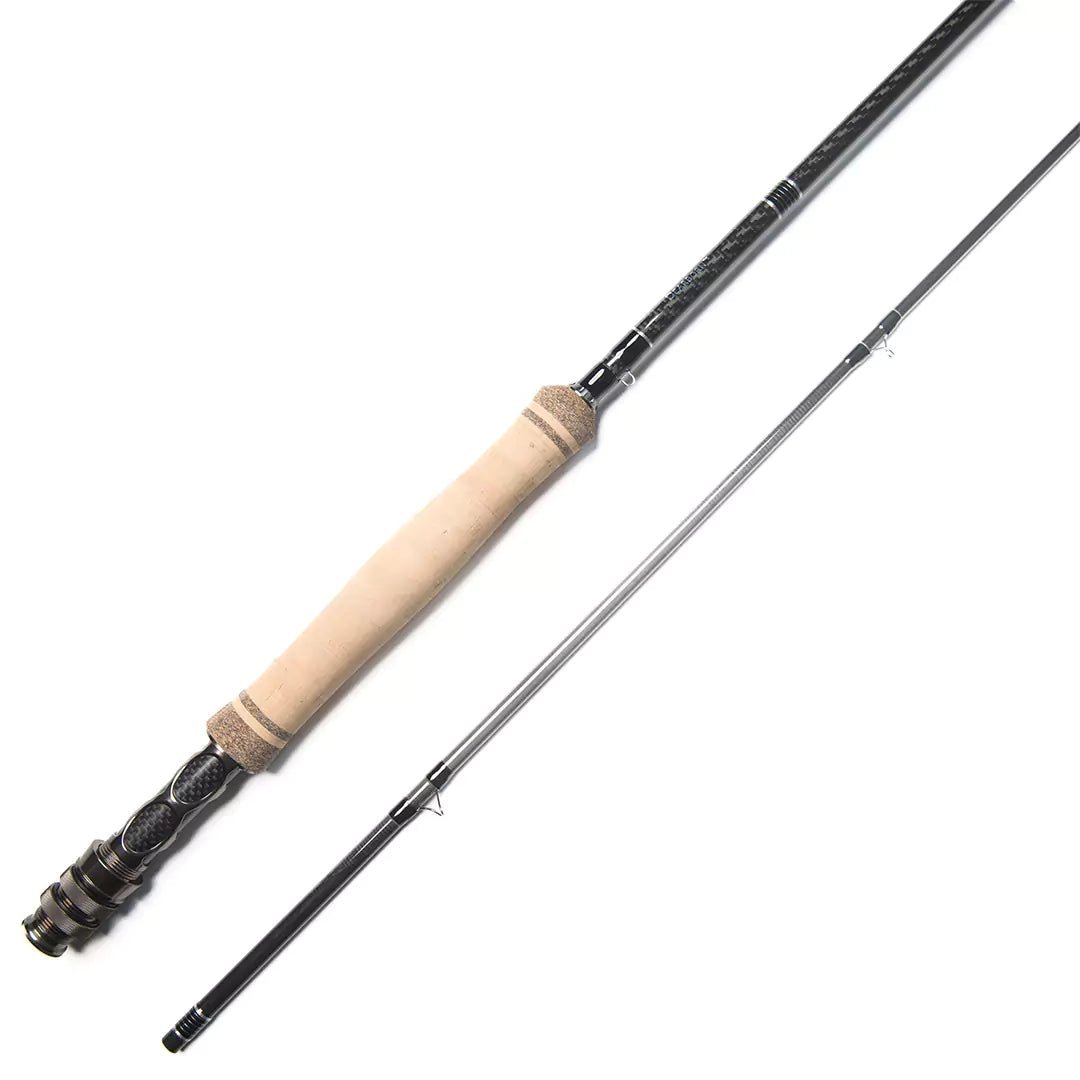
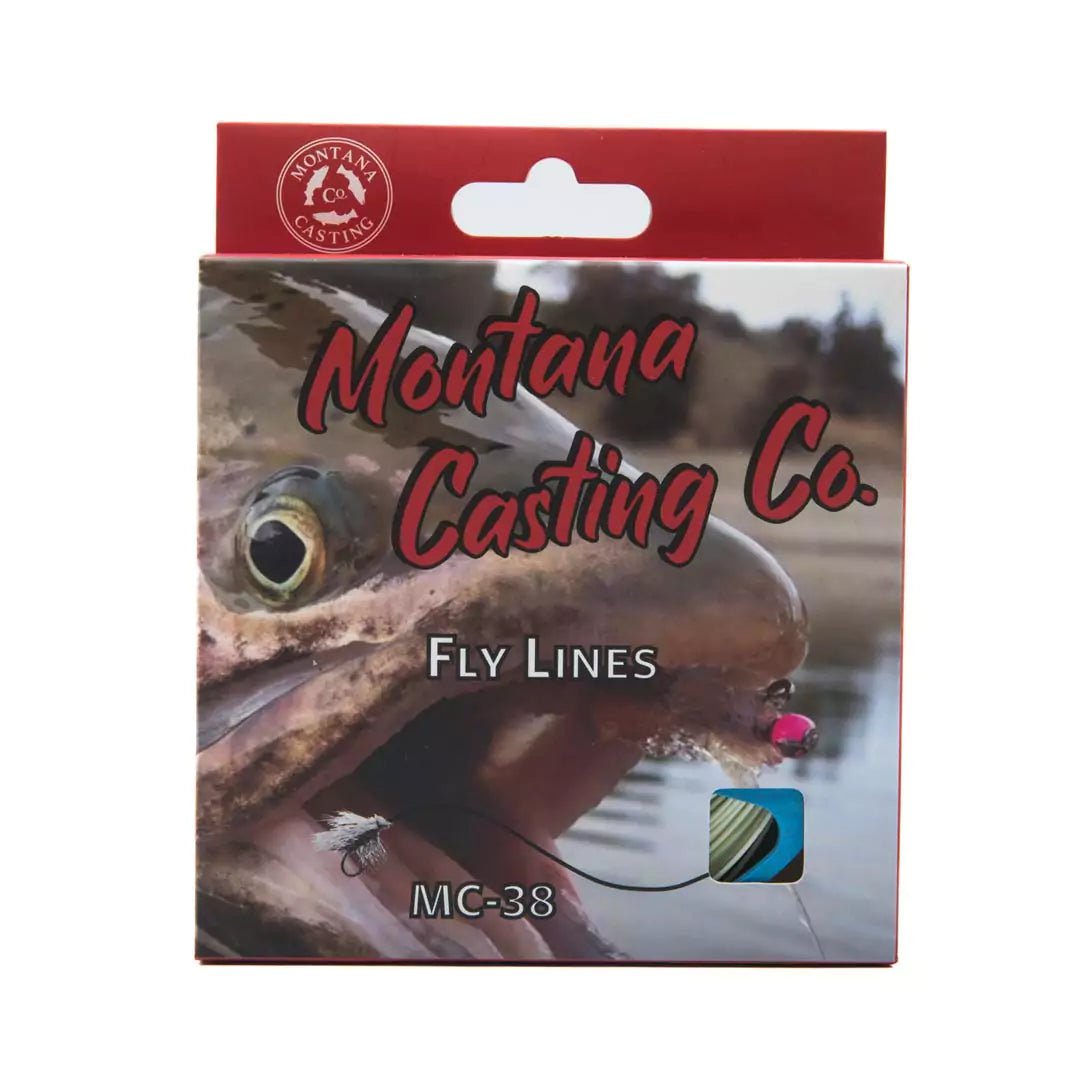


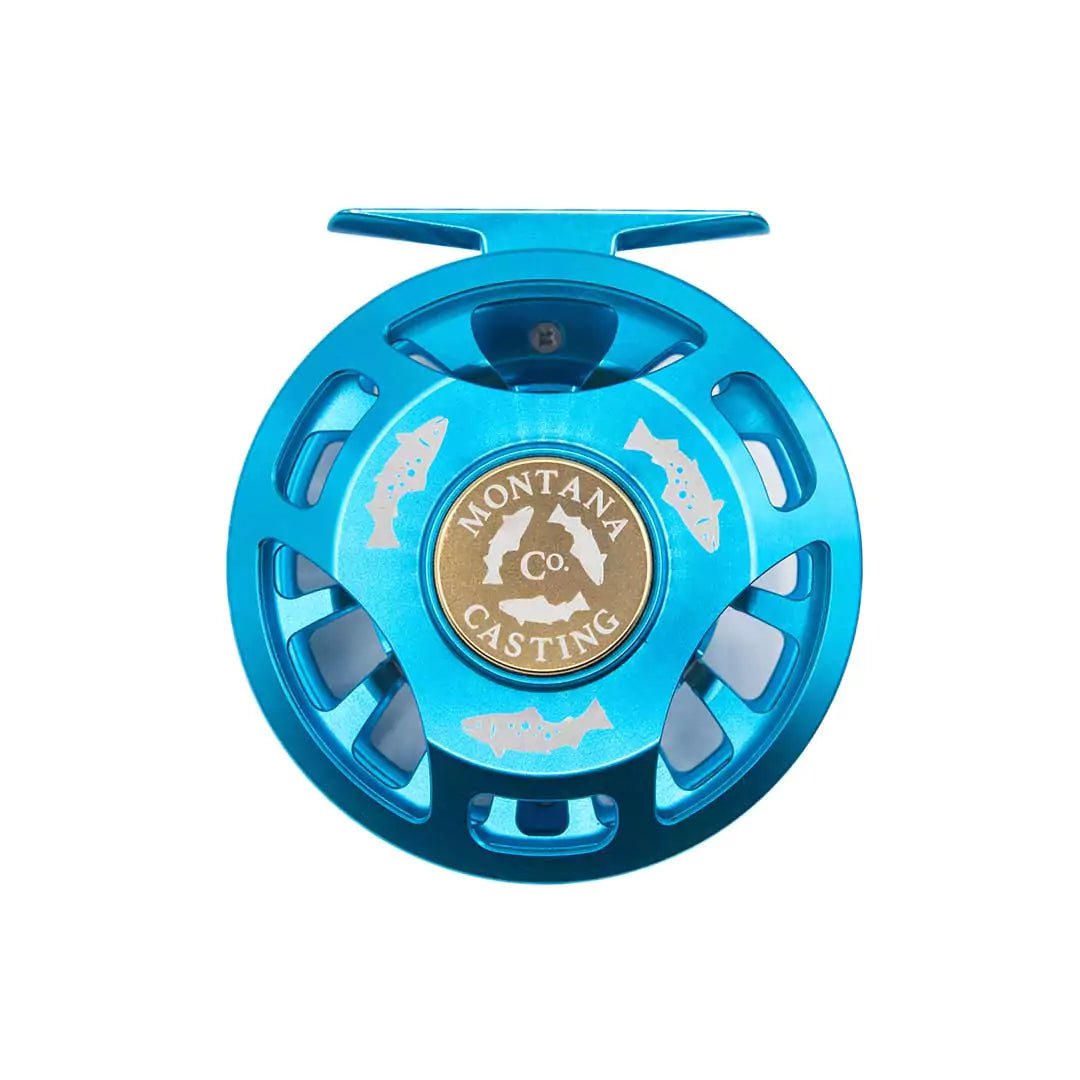


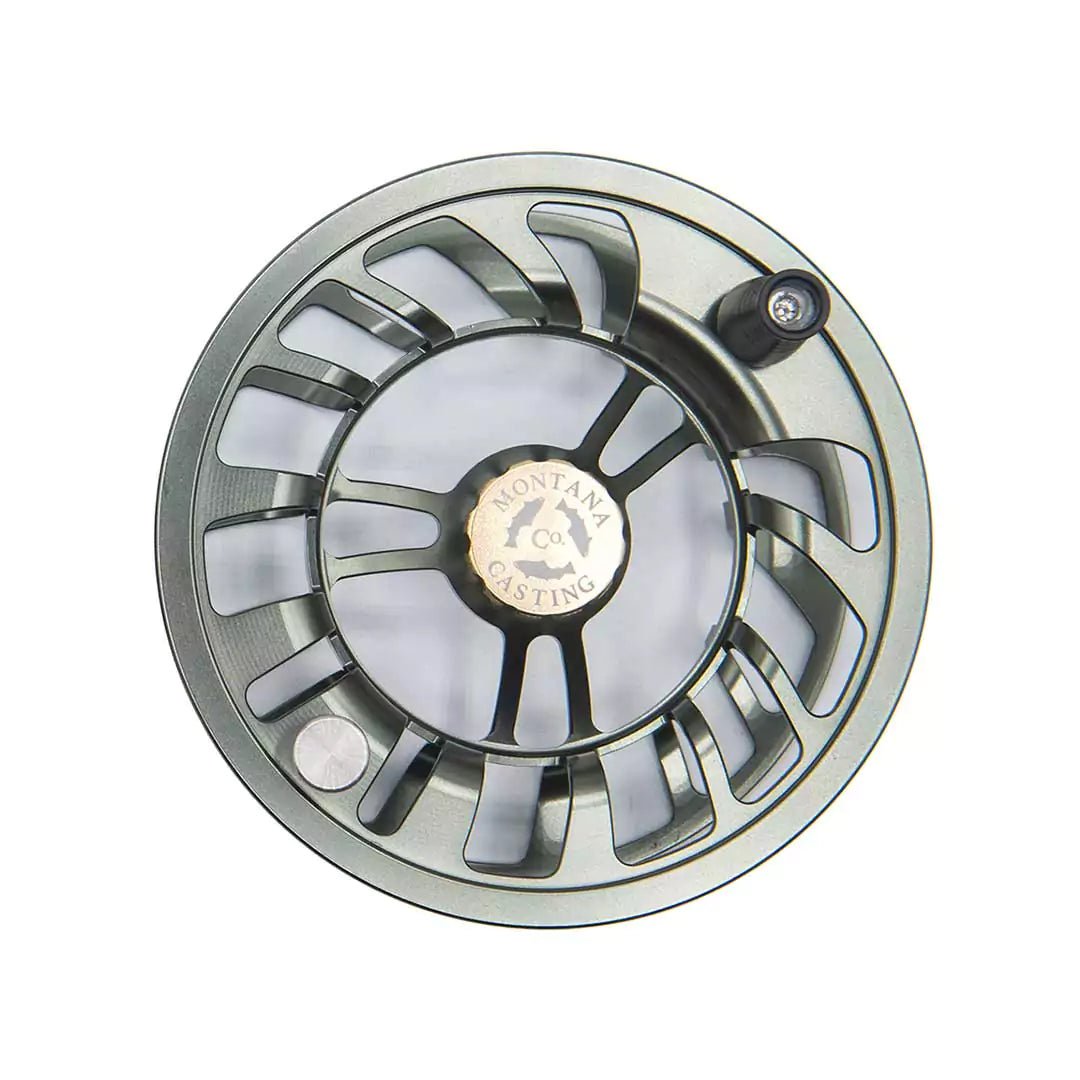

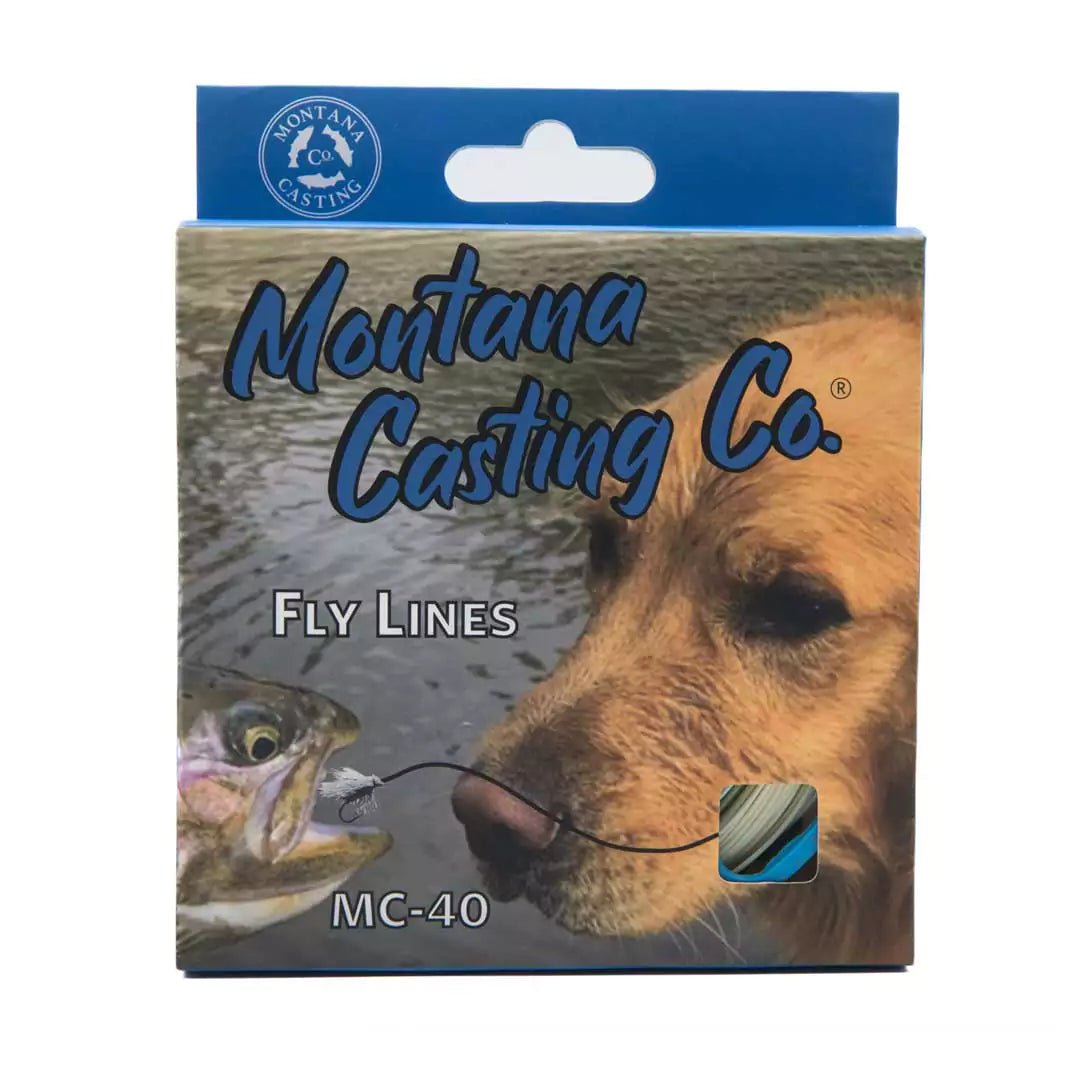
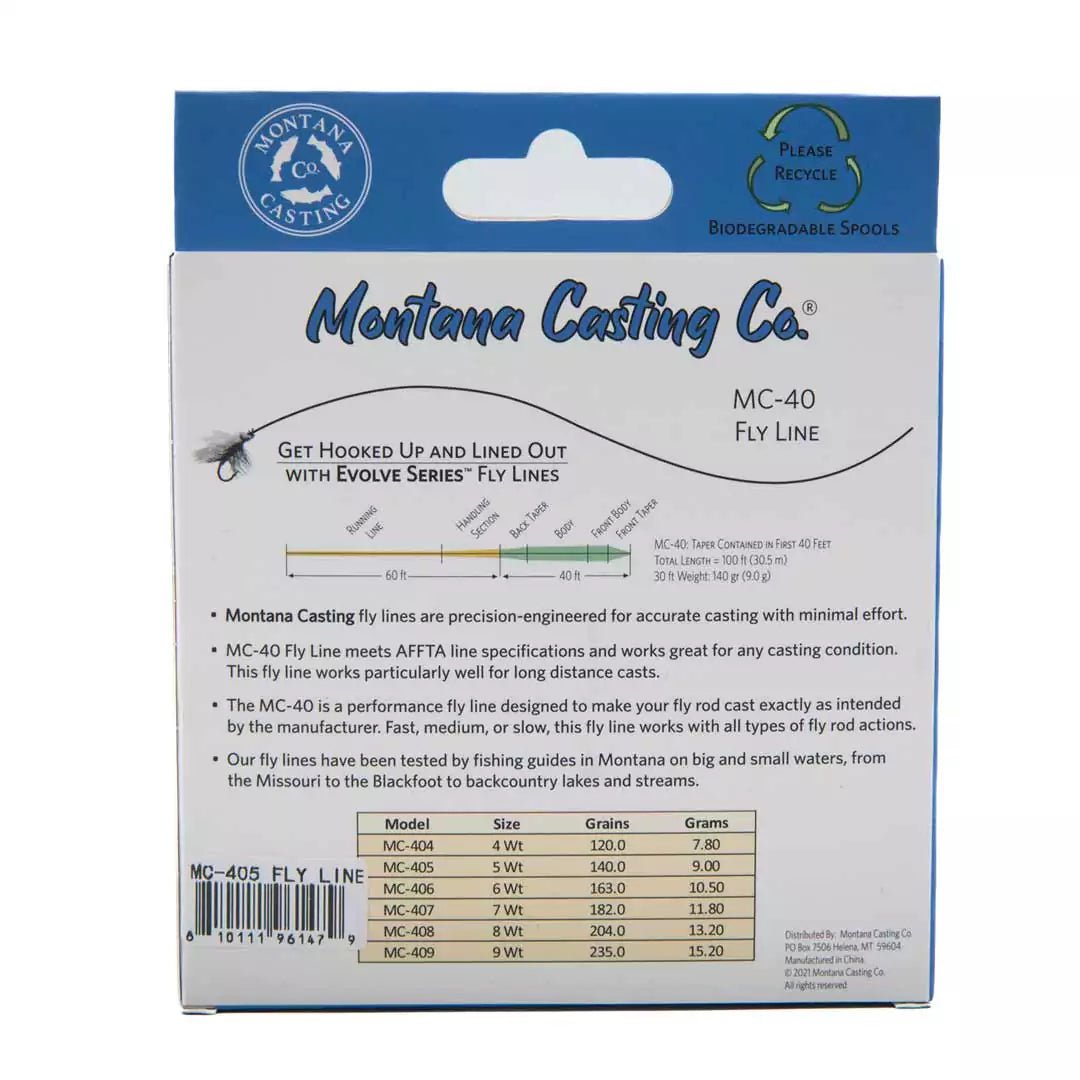


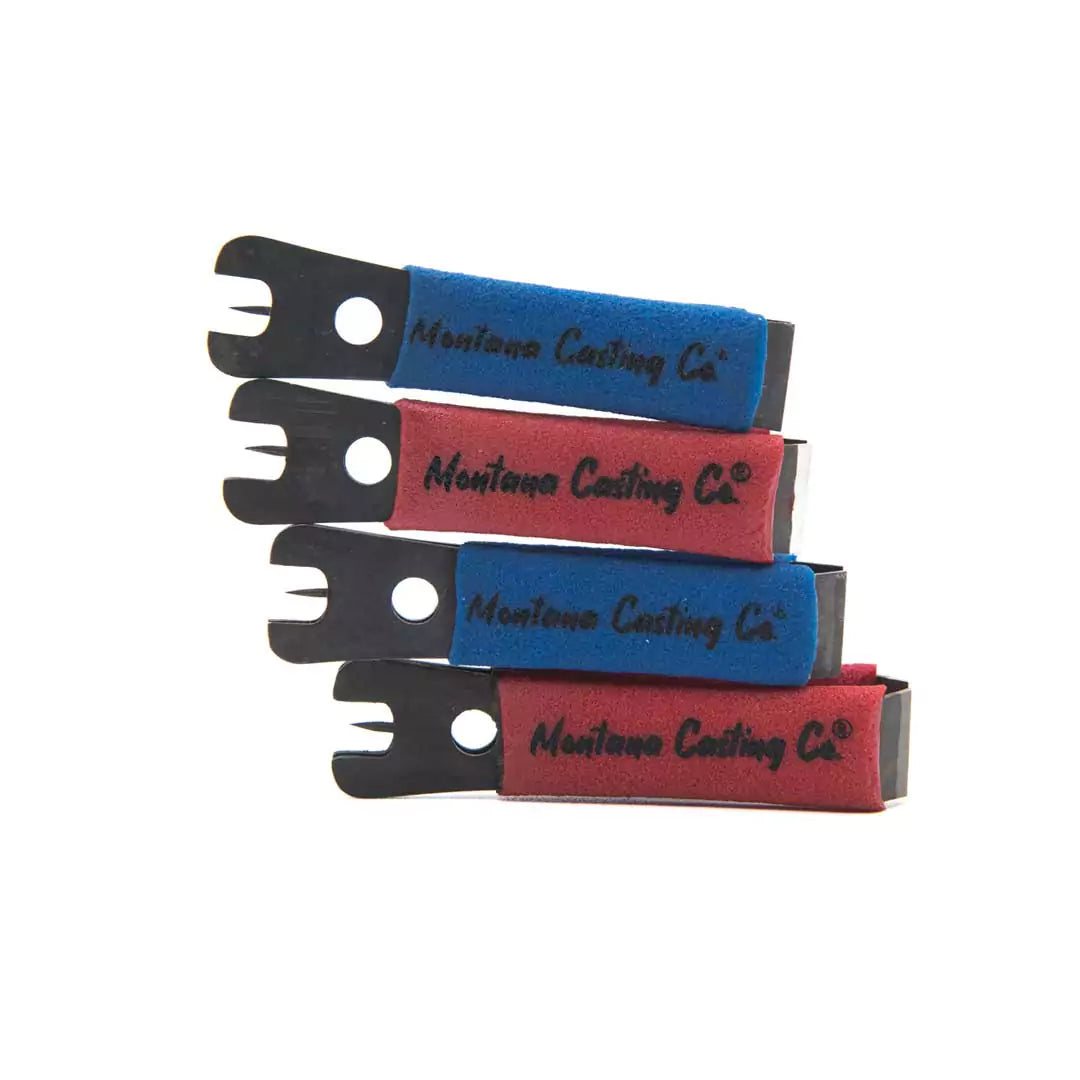
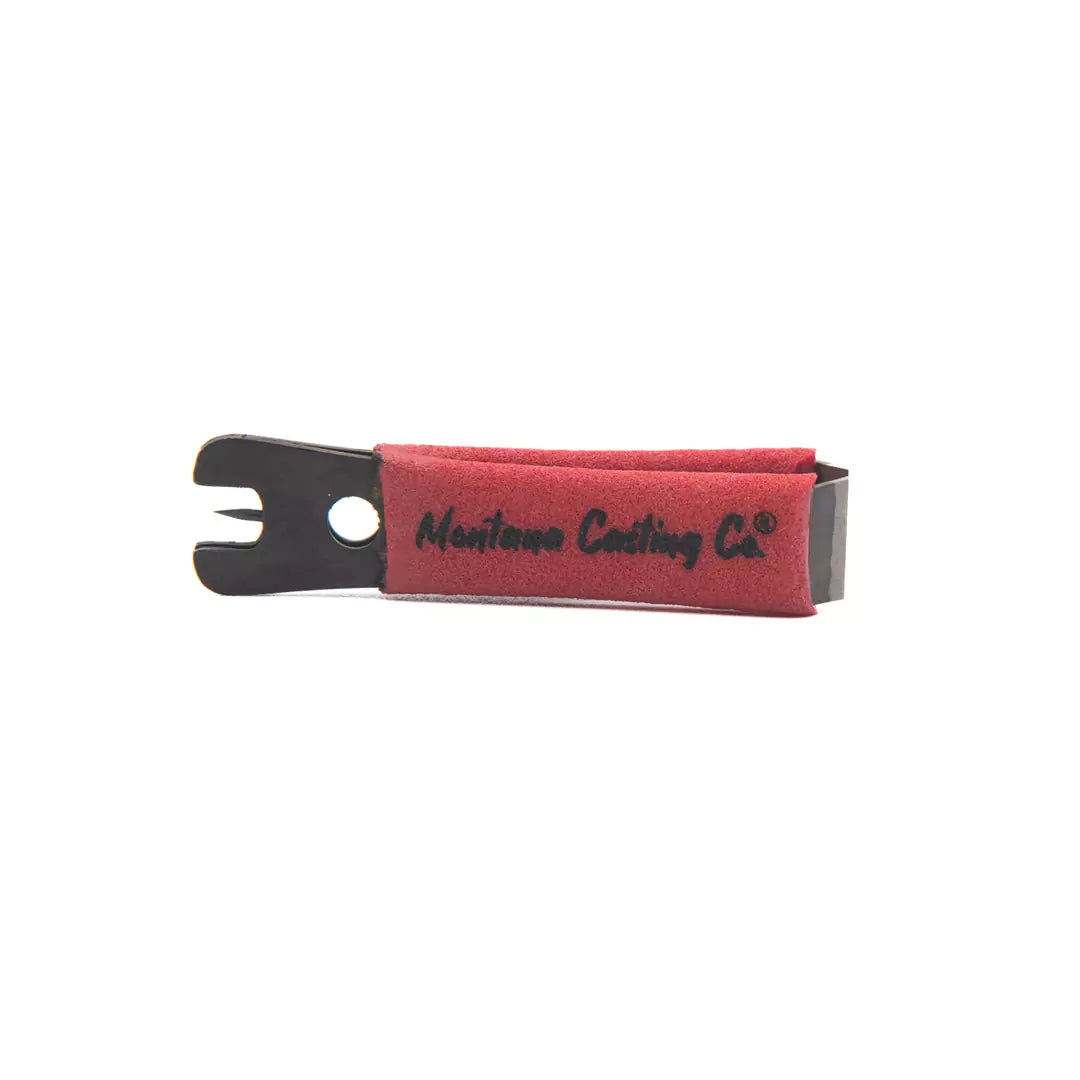
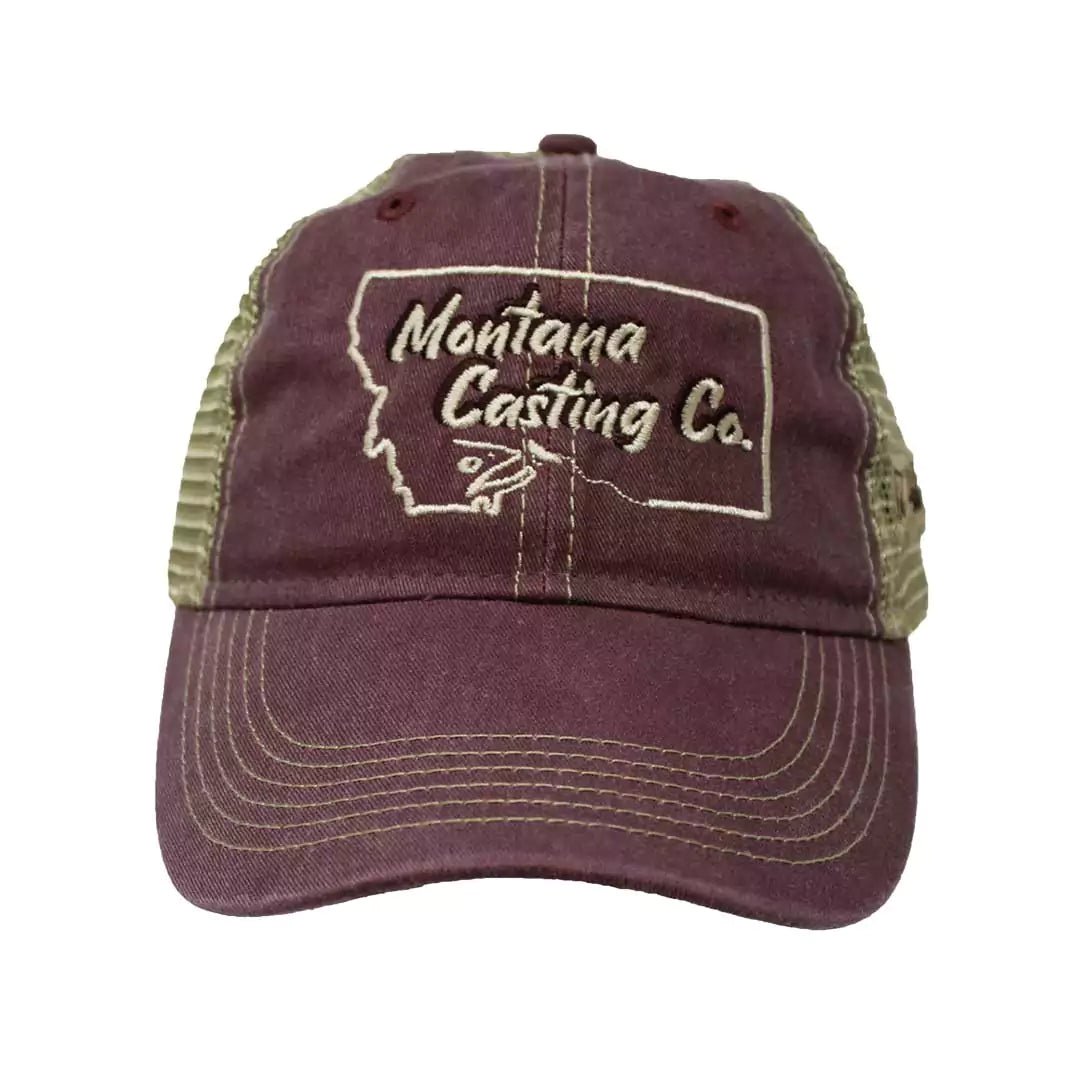
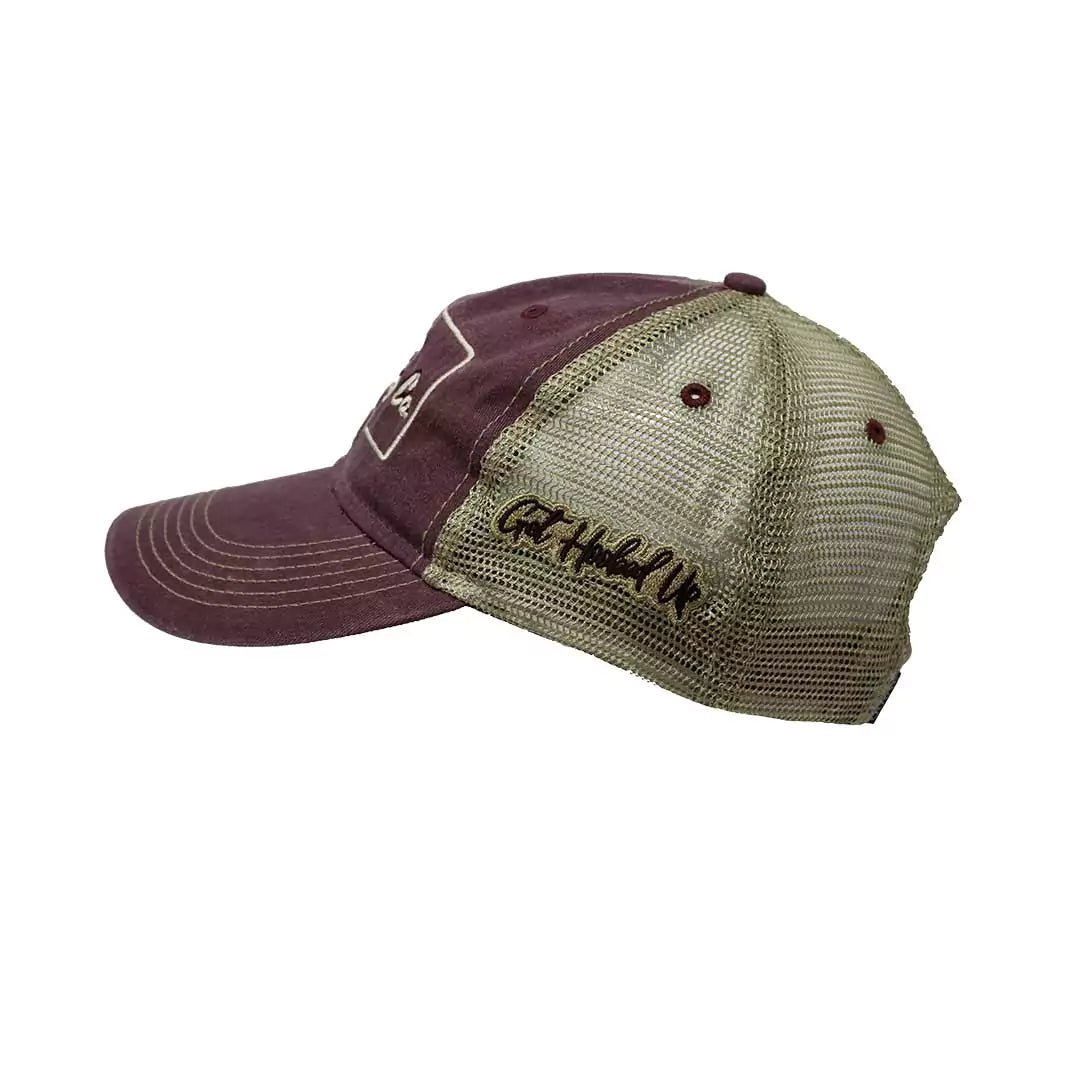
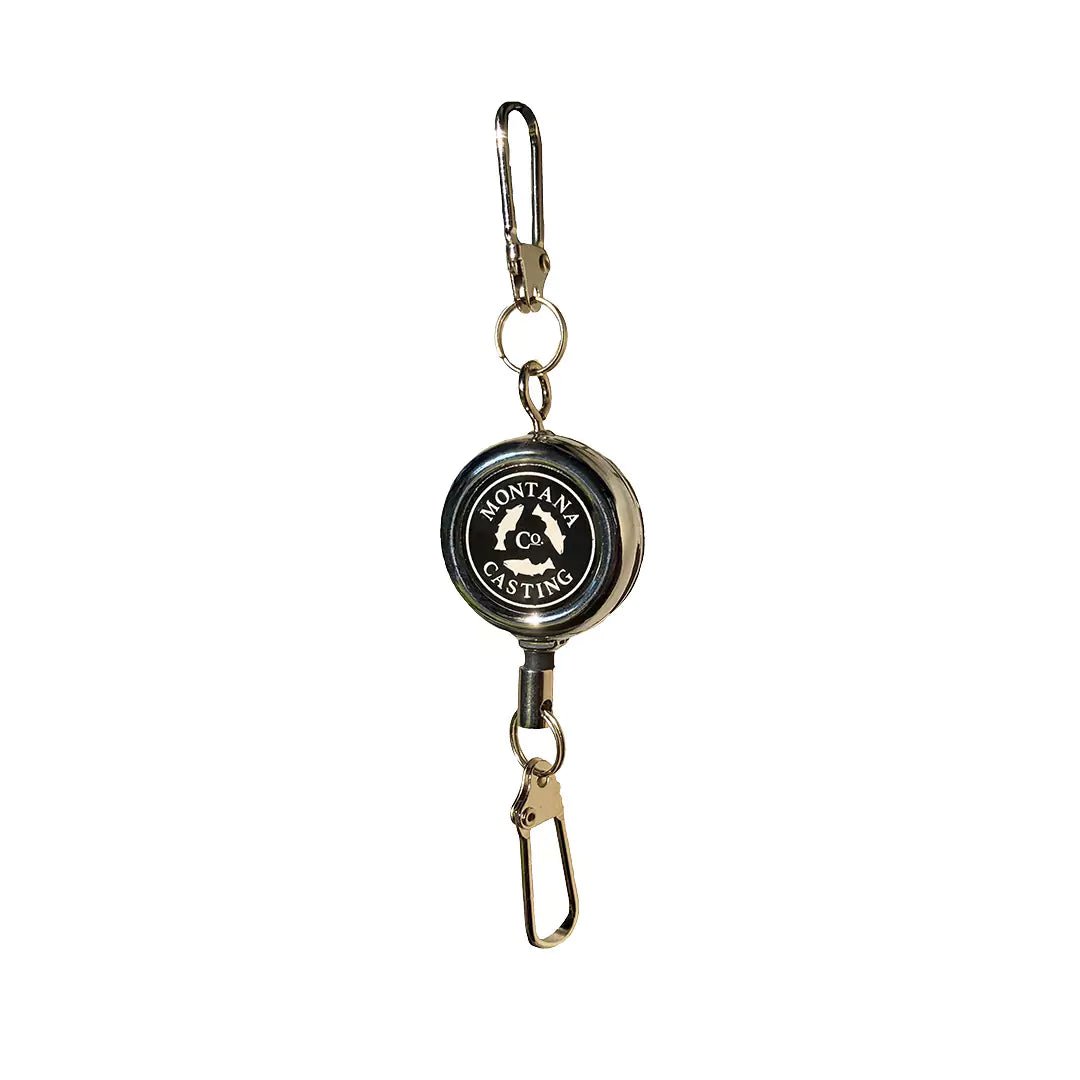
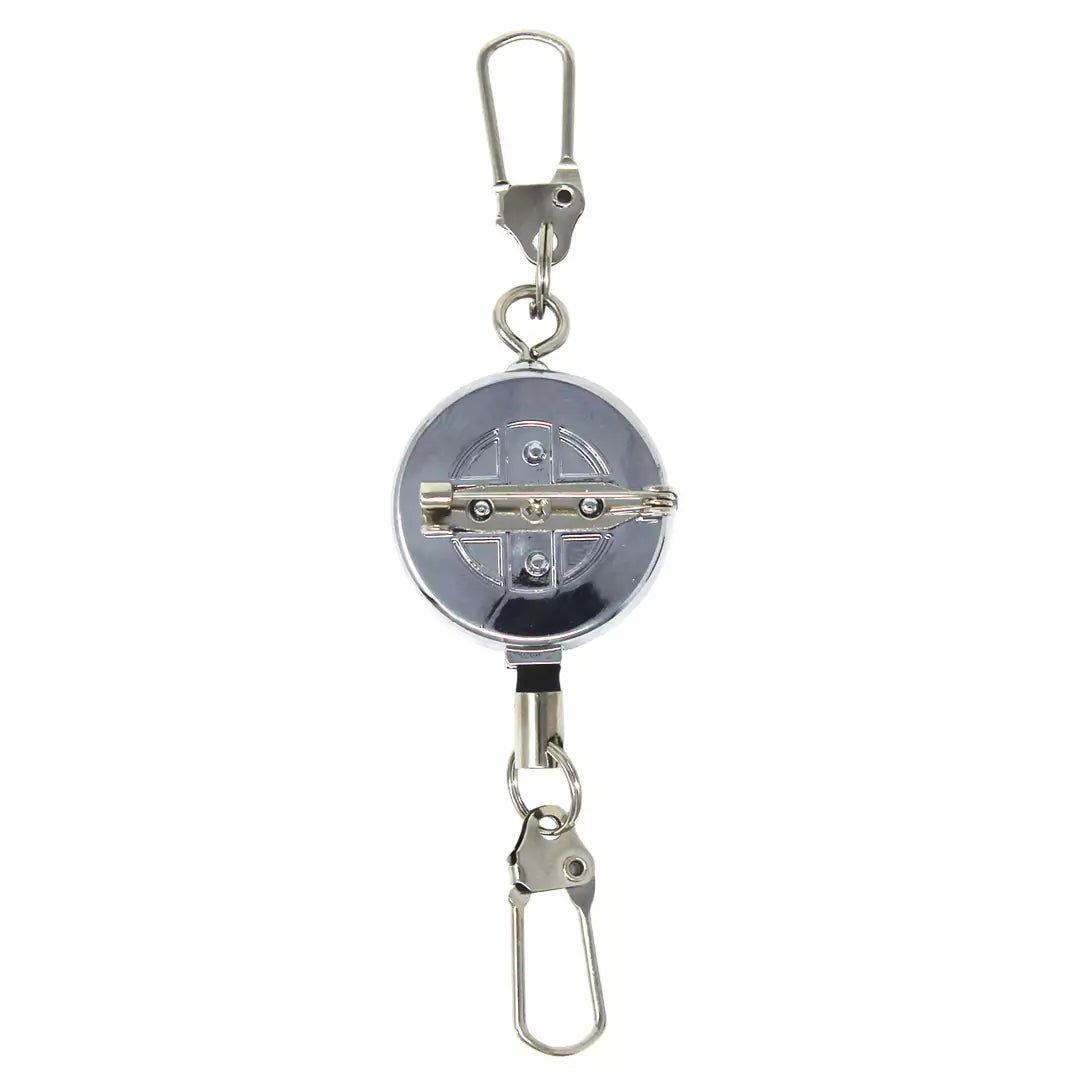
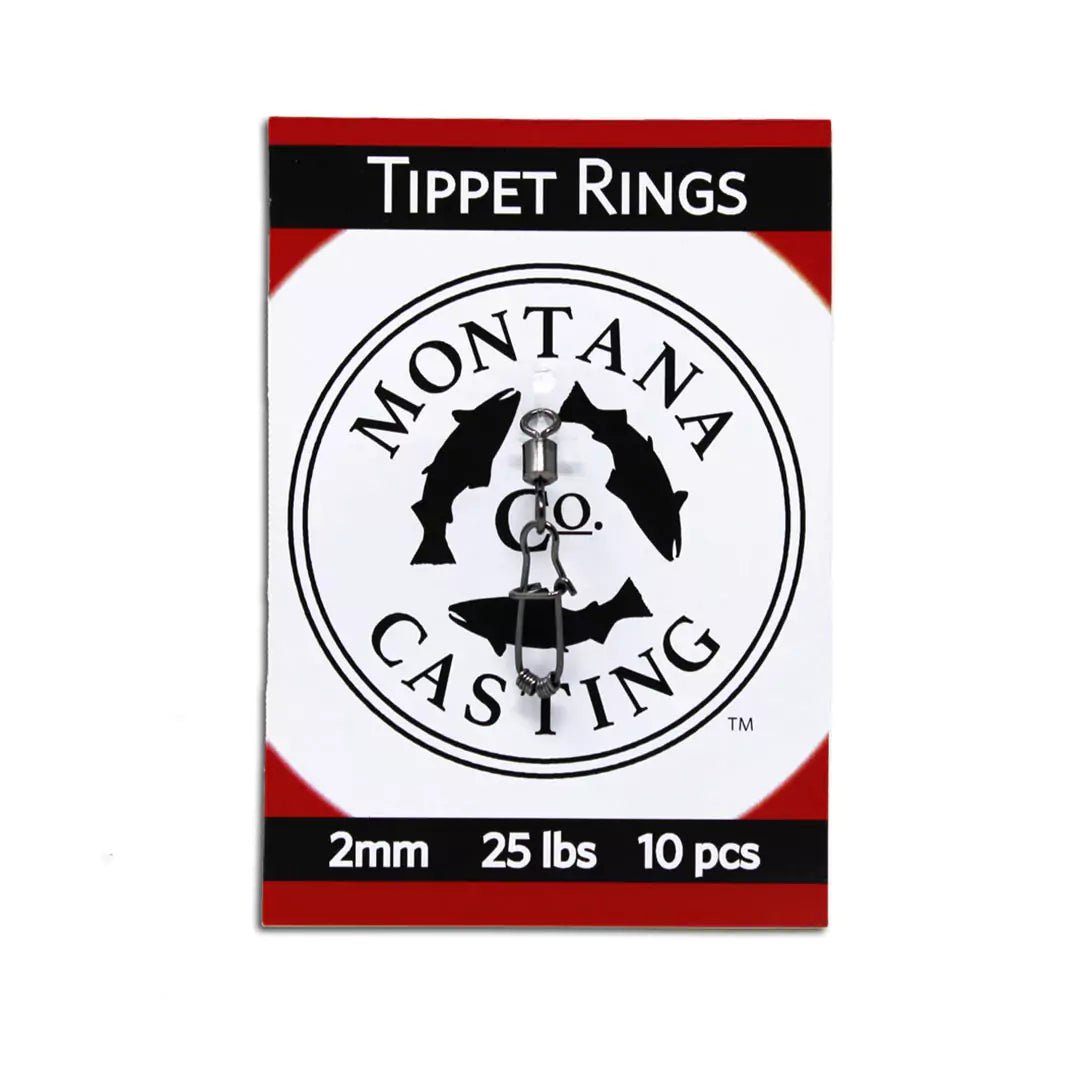
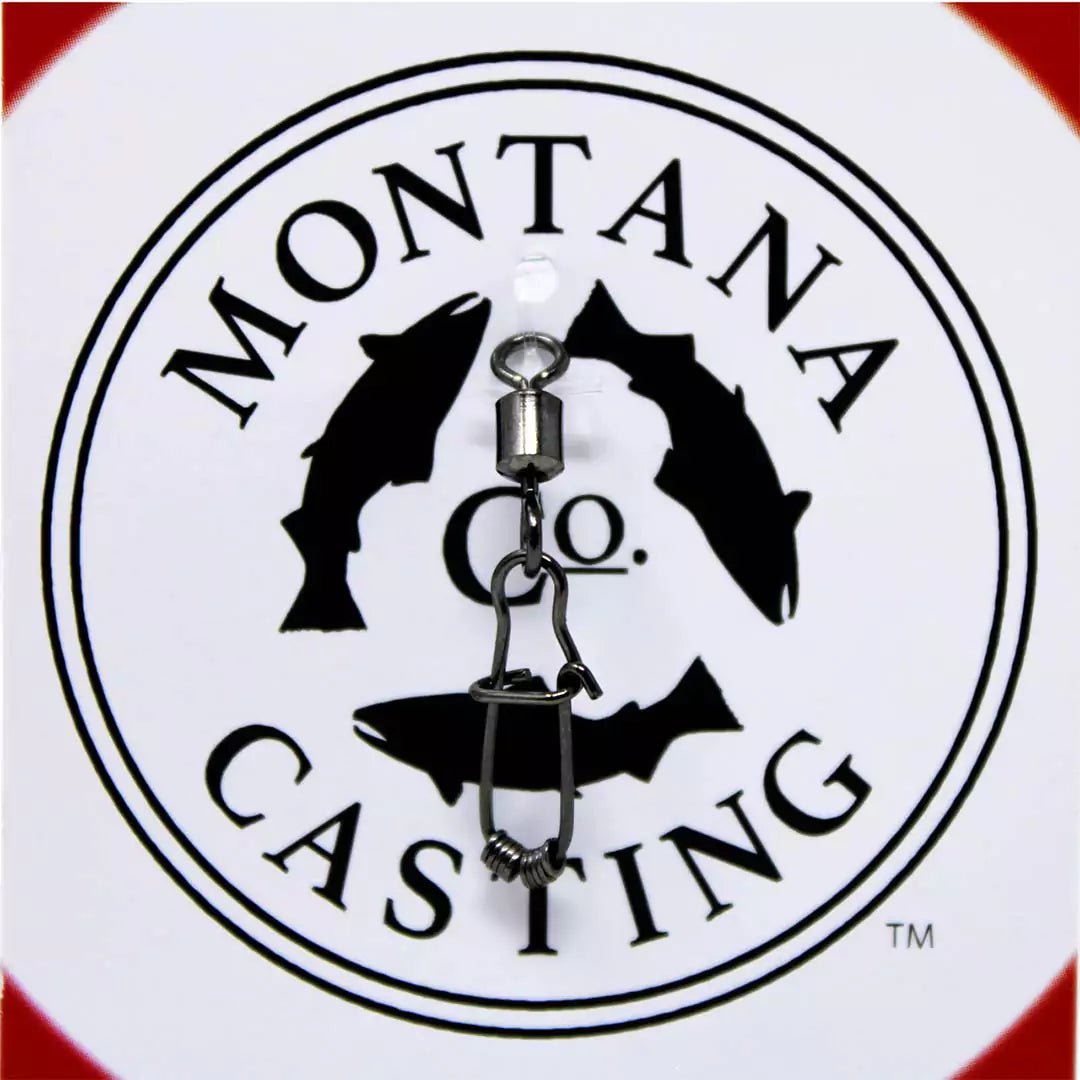

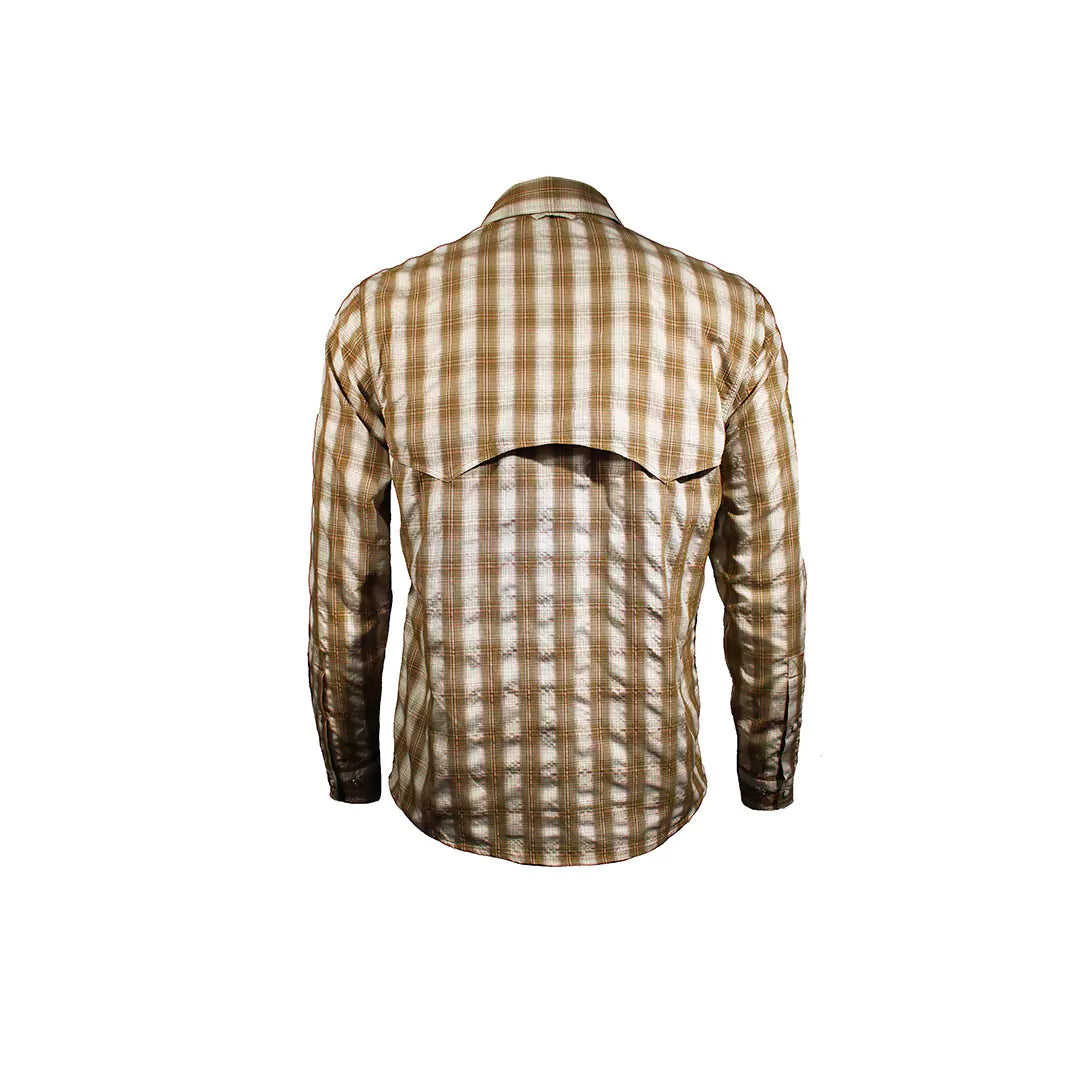

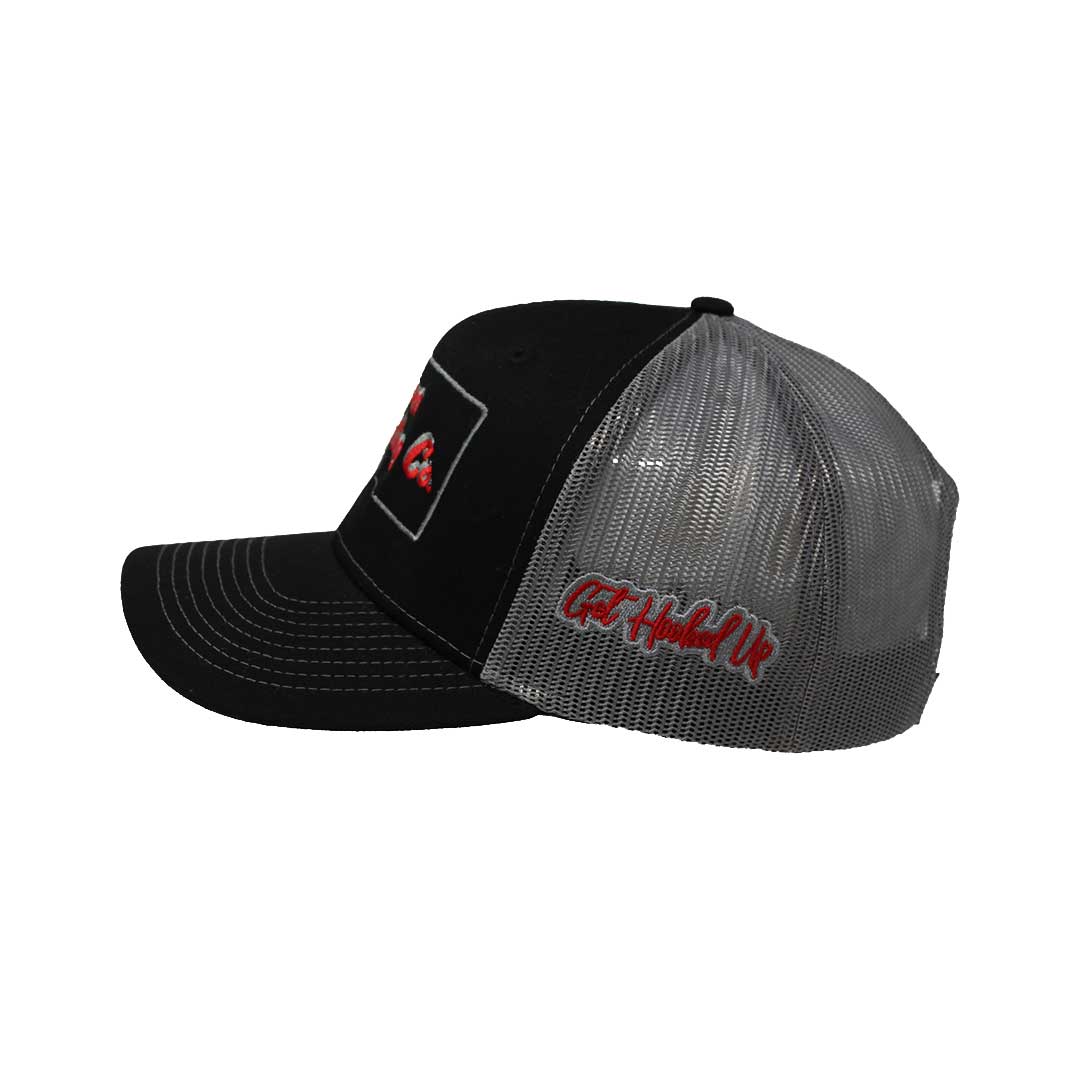
0 comments